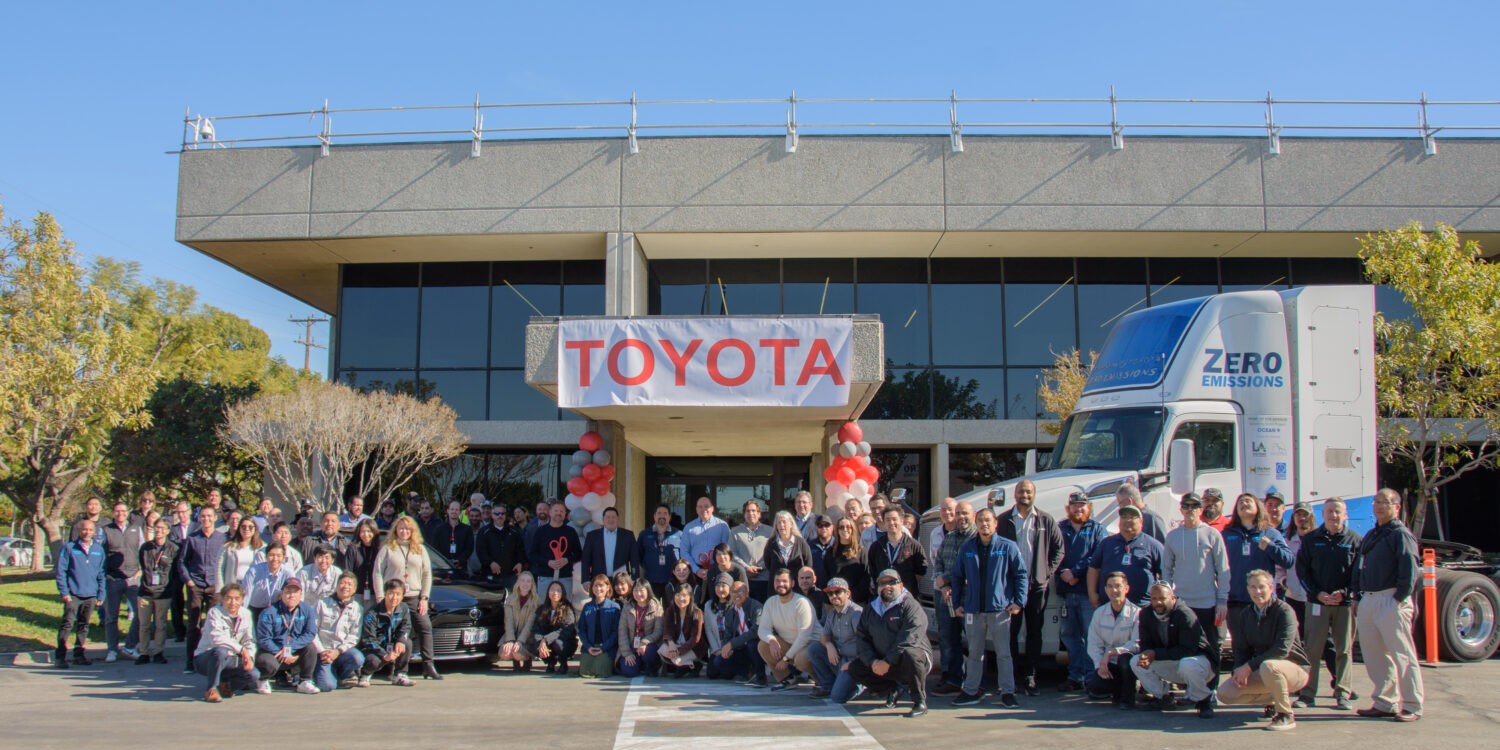
Toyota today announced that it’s turning its R&D office in Los Angeles into its new North American hydrogen headquarters.
Toyota’s North American hydrogen headquarters
Toyota says its “H2HQ” will drive its North American-led hydrogen initiatives and help localize global hydrogen-related technologies and products. That will include both light-duty and heavy-duty fuel cell applications, stationary fuel cell power generation, and port vehicle applications.
President and CEO of Toyota Motor North America, Ted Ogawa, said, “Renaming this facility as North American hydrogen headquarters represents our leadership in fuel cell development, creating real-world products to help reduce carbon emissions.”
The LA R&D center played a large part in launching the light-duty fuel cell vehicle Mirai in 2015. It hosts Toyota’s largest dynamometer (1.2 MW), has a scalable test bench for stationary applications, and it also already has a hydrogen fueling station for light- and heavy-duty vehicles.
Toyota is building a microgrid at H2HQ that will allow it to operate off-grid. The microgrid includes 230 kW of solar, a 1 MW stationary proton exchange membrane fuel cell generator, 325 kW solid oxide fuel cell, and a 500 kWh battery storage system. The system is expected to come online by 2026.
Electrek’s Take
I get Toyota wanting to do R&D on heavy-duty fuel cell applications, stationery fuel cell power generation, and port vehicle applications. Microgrid R&D is also intriguing.
But hydrogen light-duty vehicles, nope. It just doesn’t seem like a good use of their time, money, and resources.
To fill up a hydrogen light-duty car, you go to hydrogen stations, which, so far, get 95% of their hydrogen from polluting methane.
If fuel cell vehicles were fueled by green hydrogen, they would be cleaner. But unlike charging EVs on home solar, you can’t set up a hydrogen electrolysis machine in your garage.
Plus, hydrogen stations are rare – California is the only US state with a network of retail hydrogen stations. So you can forget road trips.
However, I am curious to see what else comes out of H2HQ, and I will keep an eye on its projects.
Read more: Toyota to invest $1.3B to build EVs at its Kentucky plant
Due to shifts in solar policy, renters and homeowners in certain states now have access to subscribe to a local community solar farm. Community solar typically saves you 5-15% depending on where you live, it’s quick and easy to sign up (no upfront costs), and there’s no need for any installation of panels on your property. Save money and help the environment by utilizing the EnergySage Community Solar Marketplace to explore all the solar farms available to you. They even have dedicated Energy Advisors to answer any questions you have about community solar and help you sign up!
Subscribe and save here. –affiliate link
FTC: We use income earning auto affiliate links. More.
